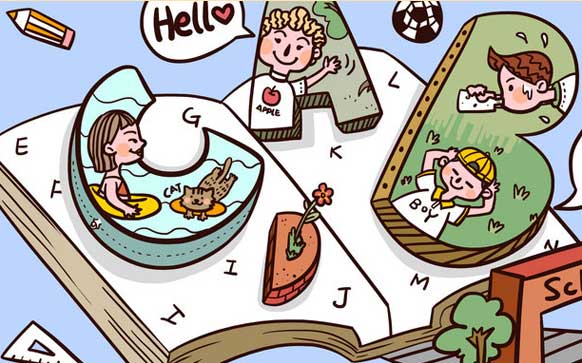Title: The Encyclopedia of Tables: An Idiomatic Overview
The table, an essential element in every household, serves as a foundation for communication and collaboration. It is not merely a surface on which people sit; it's a medium that bridges cultures, connects ideas, and shapes society. From the humble dinner table to the high-tech conference room table, each type embodies its own unique language. In this essay, we shall delve into the idiomatic vocabulary surrounding tables, offering insights into their etymology, classifications, uses, and cultural nuances. Let us embark on this journey together. Tables, in English, have evolved from their original roots to encompass a wide variety of meanings. Their etymological roots can be traced back to Old French and Middle Dutch, signifying "table" or "board." This word was later adopted and adapted by various languages, including German and Spanish, where they became synonyms for "table" or "tableau." The English language has also incorporated these terms with different connotations, making them more versatile and expressive. There are three primary classes of tables: the dining table, the kitchen table, and the office table. A dining table is often adorned with silverware and cutlery, while a kitchen table might be cluttered with pots and pans. The office table, however, might be reserved solely for work-related activities. Each class of table has its unique features and usages, reflecting the social and cultural norms of their respective environments. Tables serve various purposes, from serving food and drinks to hosting guests and meetings. They come in different sizes, shapes, and designs to suit individual preferences. Some tables might feature intricate carvings or ornate patterns, while others might be minimalist in design. The choice of table can also be influenced by the occasion, whether it's a casual gathering or an important event. Culturally, tables play a crucial role in shaping our understanding of space and etiquette. In some cultures, tables are placed strategically to create a visual hierarchy that reflects social standing. For example, in Japan, tables are positioned facing a specific direction to convey respect for authority figures or elders. In contrast, other cultures may place tables at equal distance from each other to promote equality. In addition to their functional and stylistic aspects, tables are also significant in literature and art. They are often used as metaphors for life's challenges, trials, and triumphs. In literature, characters often sit at tables to share stories or secrets. Similarly, in paintings and photographs, tables serve as backdrops for portraits or scenes of daily life. Tables are not just objects but living entities in their own right. They are repositories of memories, conversations, and shared experiences. They are places where people come together to celebrate, mourn, learn, and grow. As we navigate through the complexities of our lives, the table remains a constant presence, offering a sense of community and connection. To fully appreciate the idiomatic language surrounding tables, one must understand the subtleties and nuances that exist in every culture. Each region has its own set of table rules and etiquette that dictate how one should approach a table setting and manners. For instance, in the United States, a person should always wait for their host to offer a chair before taking a seat at a table. In contrast, in Europe, it is customary for guests to take turns sitting at the table, showing respect for others' contributions. In conclusion, tables are more than just objects; they embody the essence of human interaction and expression. They are symbols of culture, traditions, and history. Through the use of idioms and phrases, we can capture the essence of the table experience and deepen our appreciation for its multifaceted nature. As we continue to explore the idiomatic landscape around tables, we gain a deeper understanding of ourselves, our communities, and the world around us. 推荐阅读》未经允许不得转载:» 桌子的英语单词(Table)

 家长点评网
家长点评网











